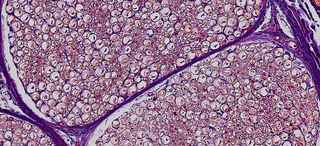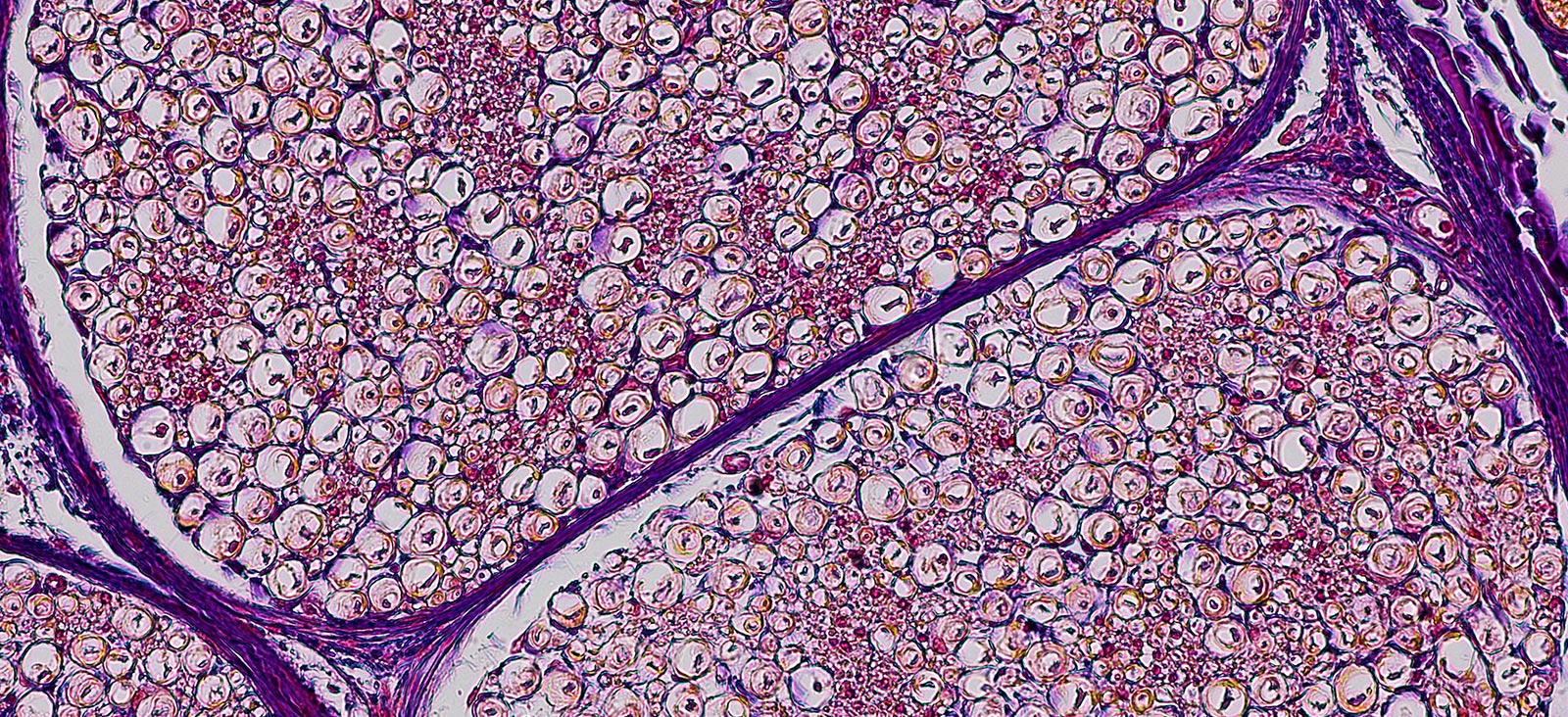Specialized Care for Patients with Neurofibromatosis
Neurofibromatosis (NF) is a genetic disorder that causes tumors to grow on nerve tissue. These tumors can form anywhere in the body, even on the brain. The tumors are usually noncancerous but sometimes can become cancerous (malignant).
UT Southwestern offers a comprehensive approach to treating and managing neurofibromatosis at each stage of the disease throughout our patients' lives. When patients come to us as adults, they are first seen by Lu Le, M.D., Ph.D., in dermatology.
We have the latest treatment options supported by our ability to leverage new treatments through clinical trials for our patients.
Conditions We Treat
The NF Clinic treats patients with all three types of neurofibromatosis:
Although these share the name of neurofibromatosis, they are unique disorders with different symptoms and presentations. There is no proven medical treatment to cure neurofibromatosis, and clinical follow-up with experts like ours is critical.
The NF Clinics at UT Southwestern and Children’s work in partnership with the Texas Neurofibromatosis Foundation for patient and parent support.
Causes and Symptoms of Neurofibromatosis
Neurofibromatosis is caused by genetic mutations that are passed from parent to child or that occur spontaneously at conception. About half of people with NF1 and NF2 inherited it.
Type 1 (NF1): The most common type, NF1 causes skin changes and deformed bones and usually starts at birth. Symptoms include:
- Bone deformities, such as scoliosis or a bowed leg
- Freckles in the armpits or groin
- Harmless flat, brown spots on the skin, called cafe au lait spots, usually present at birth or appearing during first year of life, possibly increasing in number over time; having more than six is possibly indicative of NF1
- Larger than average head size
- Learning disabilities, usually mild, often of a very specific type, such as problems with visual-spatial skills or attention-deficit hyperactivity disorder
- Short stature
- Soft bumps on or under the skin
- Tiny bumps on the iris of the eye, which a physician can detect with special equipment
Type 2 (NF2): Much less common, NF2 causes hearing loss, ringing in the ears, and balance problems. It can also lead to cataracts or numbness or weakness in the arms or legs, and it often starts in the late teen or early adult years.
Schwannomatosis: The rarest type, schwannomatosis causes intense, chronic pain in any part of the body, generally affecting people in their 20s and 30s. Development of tumors in the cranial, spinal, and peripheral nerves is possible, but they do not affect the nerve that controls hearing and balance.
Diagnosis and Treatment
Neurofibromatosis is usually first suspected by a pediatrician, who will then refer the child to a doctor at a specialty center like UT Southwestern. Diagnostic tests for neurofibromatosis include:
Treatments for NF focus on managing the symptoms but do not cure the disease. Patients might be treated with medicine, pain management techniques, or surgery, as the symptoms require.
Research and Clinical Trials
At UT Southwestern, physicians and scientists work together every day to turn discoveries into innovative therapies. It’s unique among medical centers in North Texas.
A close partnership between the NF Clinics at UT Southwestern and Children’s and the basic science laboratories at UT Southwestern that are focusing on NF research is already yielding promising discoveries. A 2008 study revealed a link between the growth of plexiform neurofibromas, which are large, complex tumors that occur in 25 to 40 percent of patients with NF1, and the immune system. This discovery spurred a second phase of the study in people with neurofibromatosis, which is now underway.
In addition, we offer a range of clinical trials for our patients with NF, providing tomorrow’s treatments before they are widely available. Patients should speak with their doctor to find out if clinical trials are an option in their treatment strategy.





